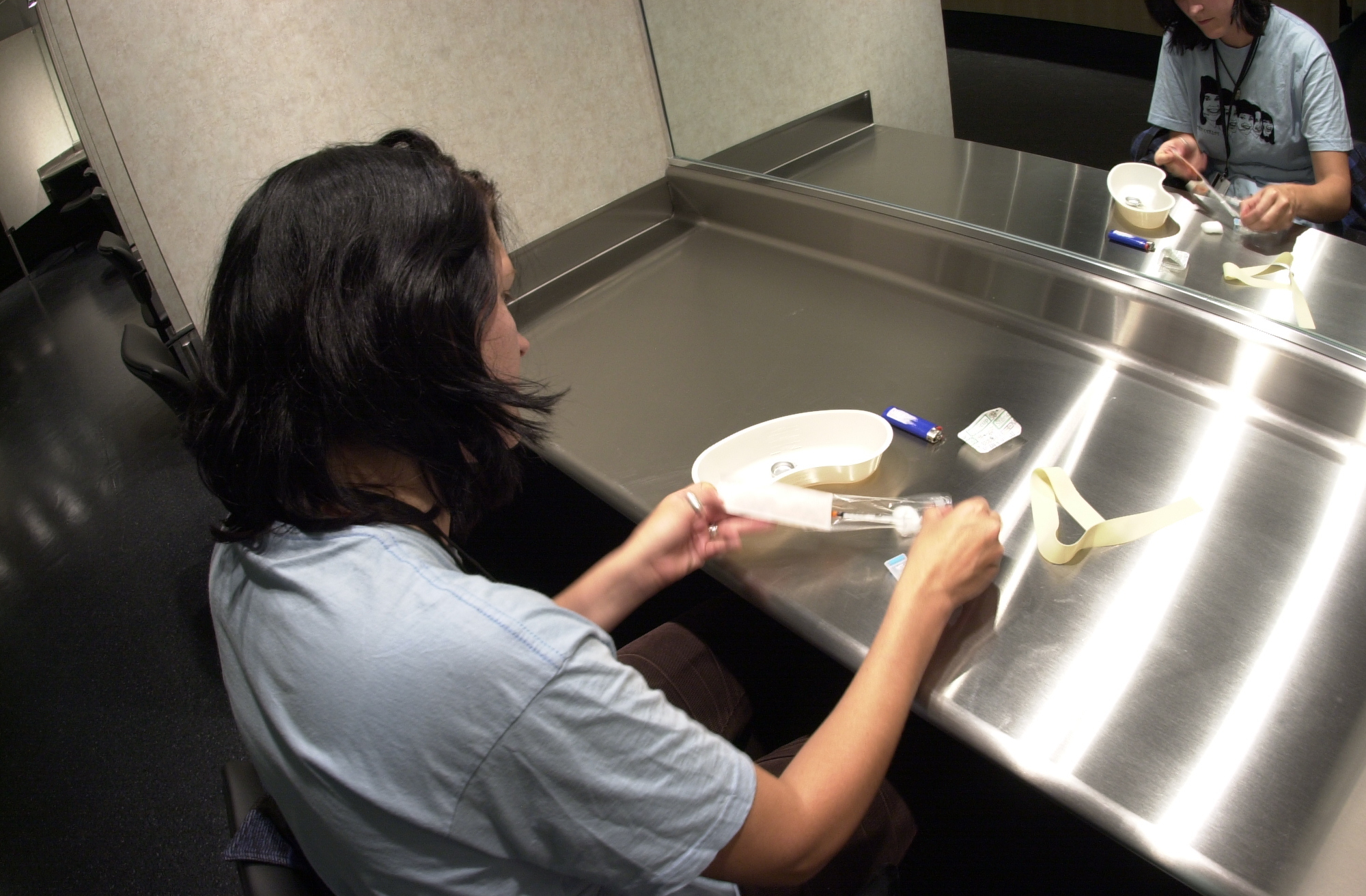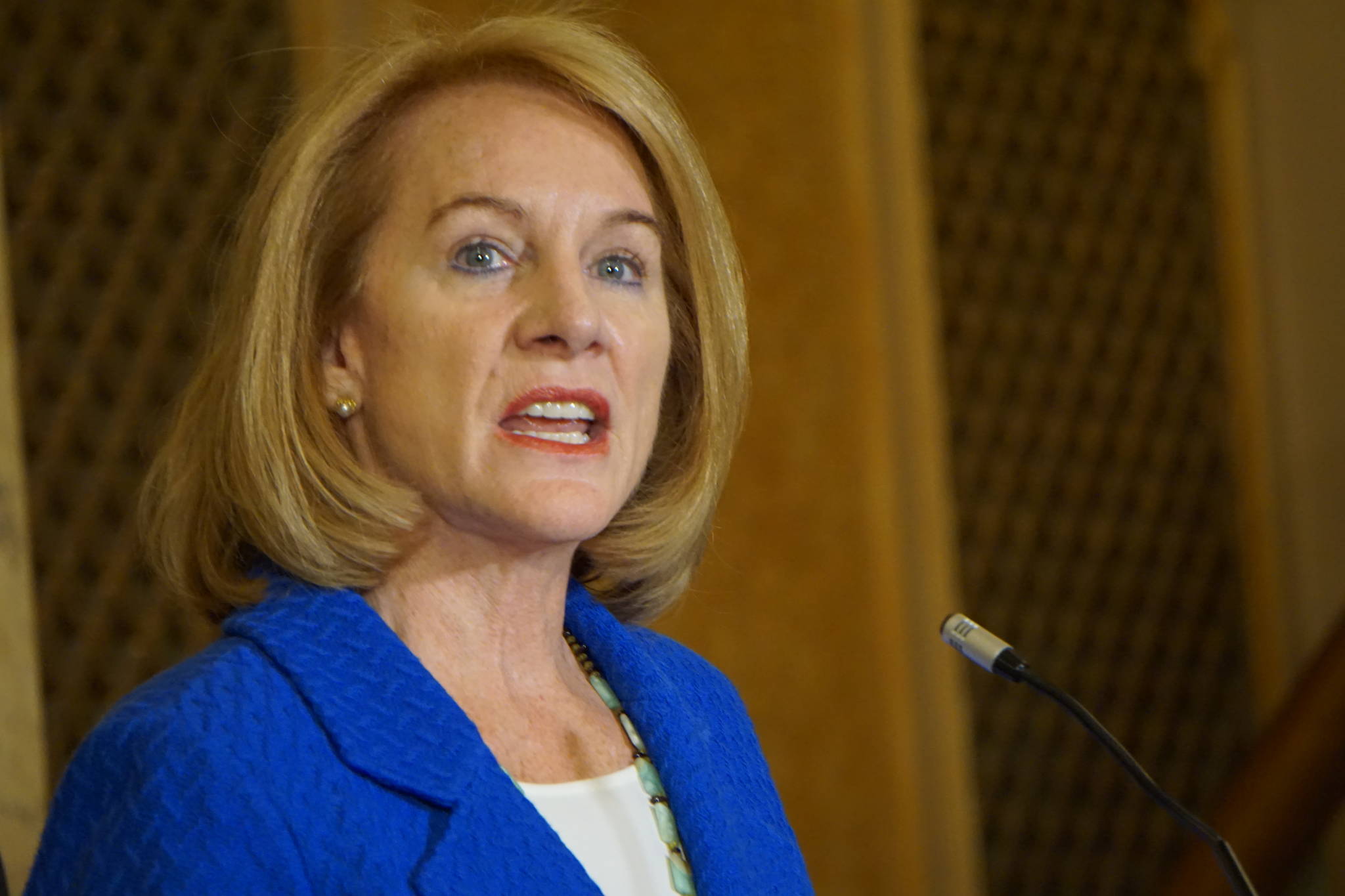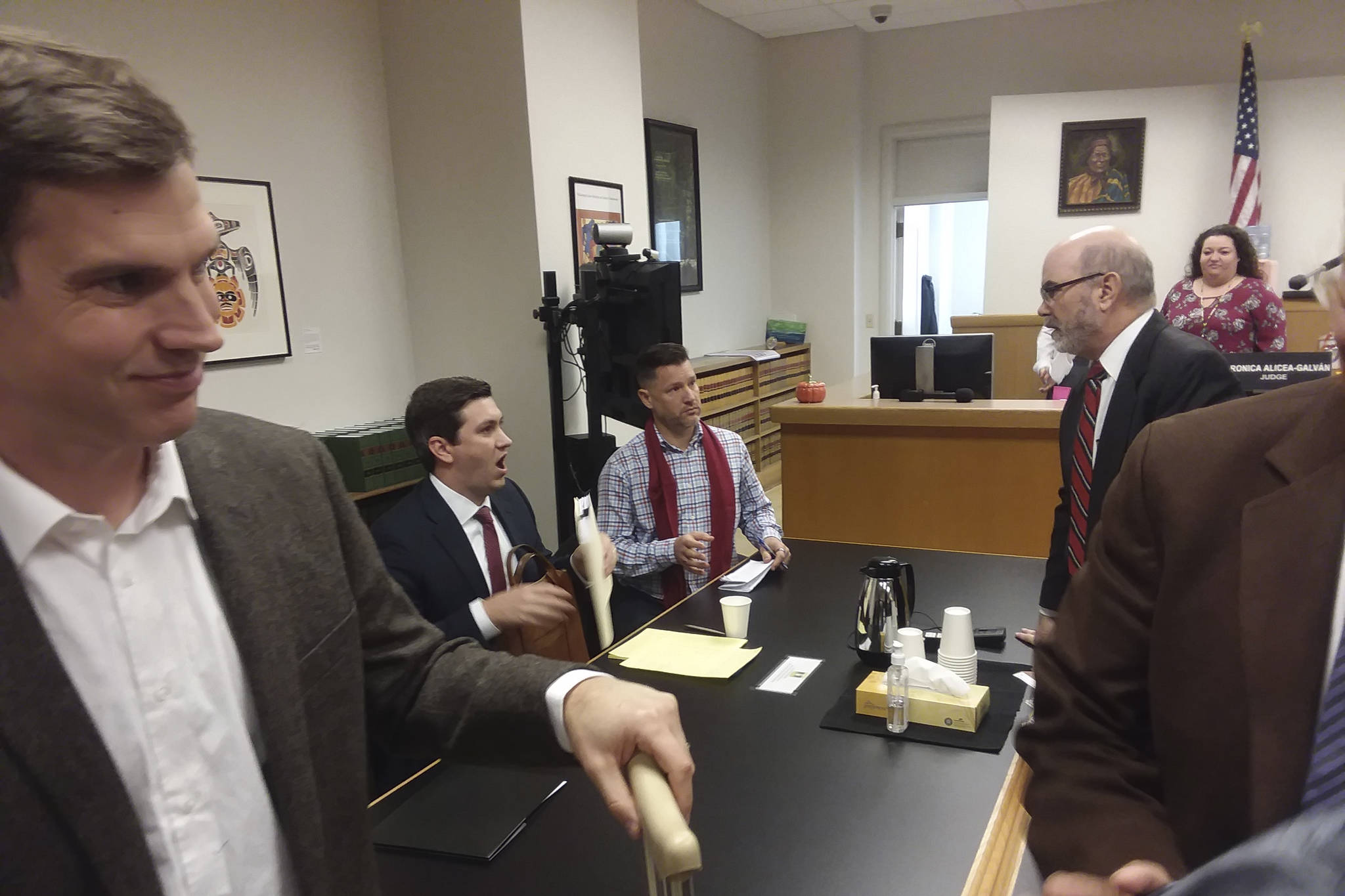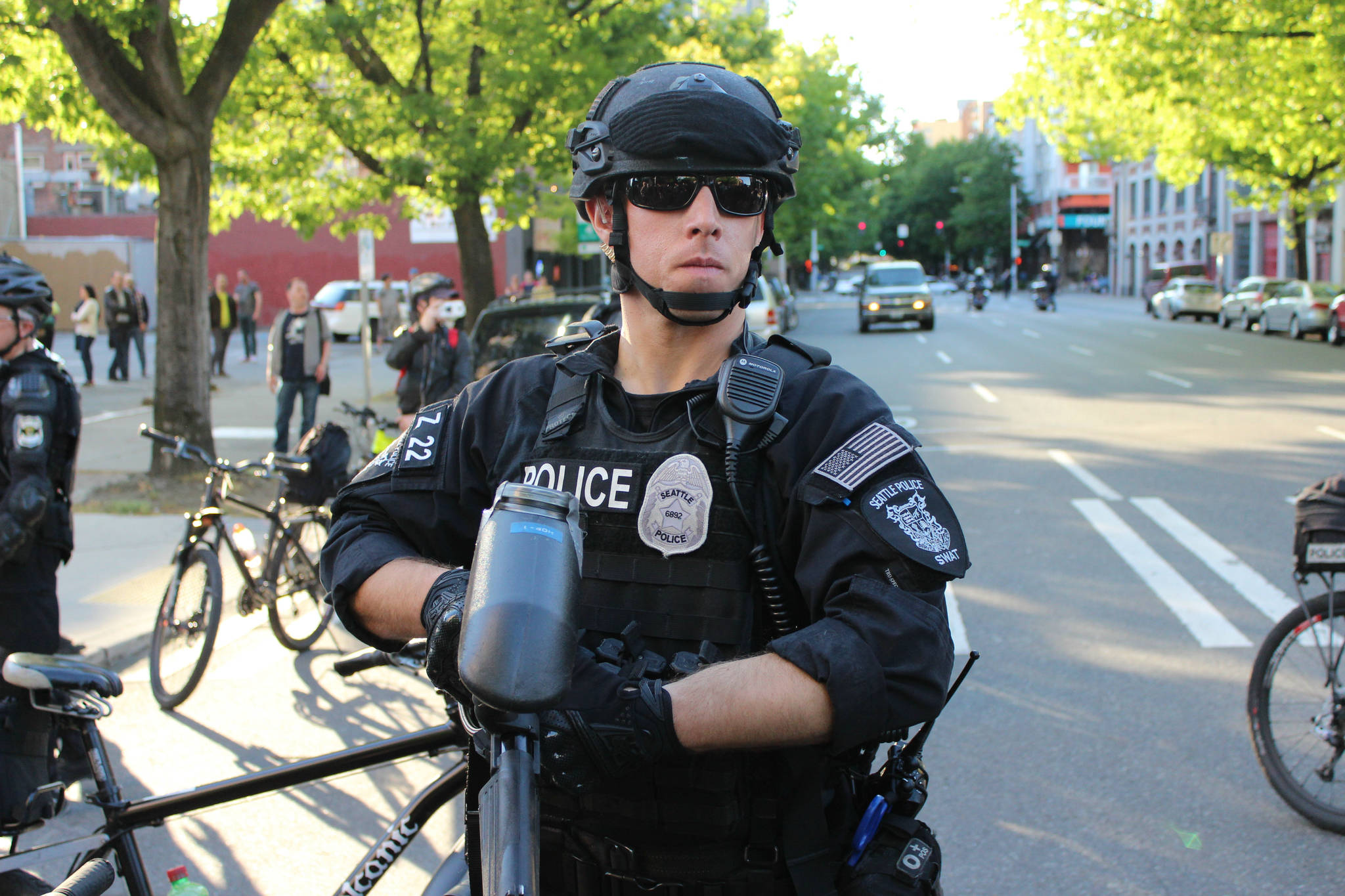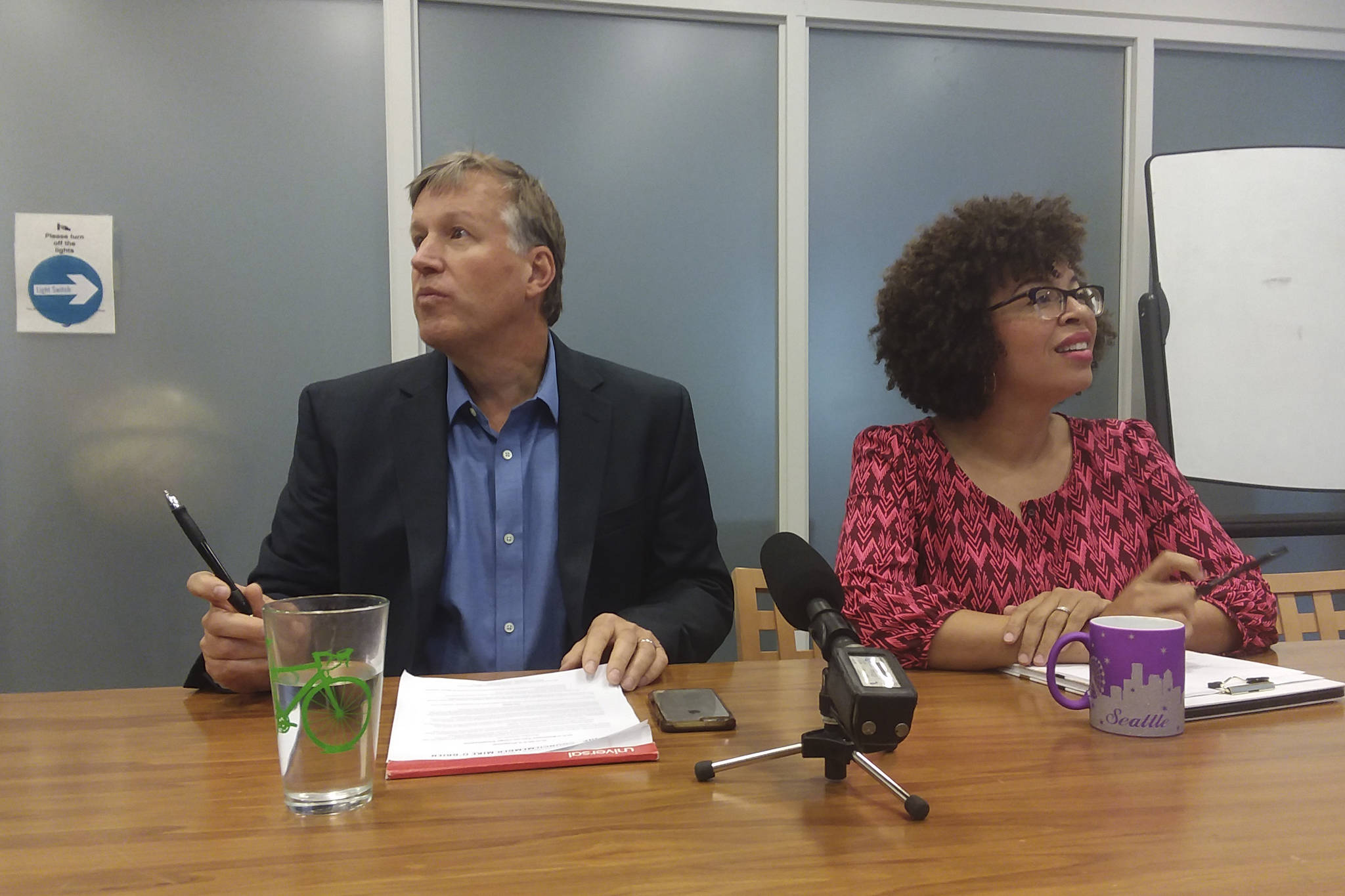The Public Defender Association has called on Seattle leaders to include safe drug sites in the low-barrier homeless services center proposed by Mayor Ed Murray. They also want the city to site multiple centers in neighborhoods across the city, not just in one central location. (This post has been updated with a response from the mayor, at the bottom.)
Murray proposed the Navigation Center earlier this month, just three weeks after he vowed to evict dozens or hundreds of campers from the Jungle, an archipelago of unauthorized homeless encampments stretching beneath and beside I-5, and just two weeks after he indefinitely delayed that plan in the face of mounting public criticism. Based on an existing San Francisco facility of the same name, the Center is supposed to house 75 people in supported dormitory living at a cost of $1.2 million. From Murray’s press release:
The service center will…provid[e] people living outside with shower, bathroom, laundry and dining facilities, a place to store their belongings, as well as round-the-clock case management, mental and behavioral health services, and connections to benefit programs and housing, all in one location. This facility will prioritize placement for individuals who are currently unsheltered and offer them a secure place to stay and access additional supports in a 24/7 program.
In their letter to Murray and Councilmember Sally Bagshaw, the PDA propose several elements for the Navigation Centers. For instance, there should be more than one of them, they write: “[To] prevent negative reactions from the particular neighborhood where a Navigation Center is located, multiple centers operating simultaneously in different locations would seem a promising way to diffuse the feeling that one neighborhood is being adversely affected.”
The PDA also calls for spaces where people can consume drugs and alcohol under medical supervision. Again, their rationale explicitly aims at soothing upsettable neighbors: since the Navigation Center has to be low barrier to work, it must allow guests to enter even when drunk or high. If those people don’t have a supervised consumption space on or near site, they’re likely to consume in nearby parks and alleys, which will upset neighbors, who will then oppose the entire Center as a perceived source of trouble. To avoid all that, the PDA writes, just let users smoke or whatever on site, where they won’t bother anybody—and can access clean needles, mental health services, and life-saving care if they overdose.
The letter also emphasizes the need for the Navigation Centers to coordinate with existing homeless services and suggests designing a “‘single portal’ for police diversion, in which law enforcement can readily access all diversion resources through a single point of contact, without having to diagnose or differentiate their response based on the characteristics of individuals, the neighborhoods and hours in which they are encountered, and so on.”
Seattle activists have been calling for safe drug sites since November when Shilo Murphy, director of the People’s Harm Reduction Alliance, announced to a roomful of Town Hall attendees that a site would be up and running within two years. “This will happen,” he said. “The time is now…Get on the bandwagon, or get the fuck out of our way.” Murphy says that work on his own organization’s safe drug site project, which is independent of the sites proposed at Navigation Centers, is ongoing.
In their letter to Murray and Bagshaw, the PDA concluded with an olive branch:
Again, we appreciate both the specific plans for a Navigation Center approach, and the excellent job you have both done in explaining the reason it is so necessary. Mayor Murray, in particular, your public comments last week about the need to meet people where they are, in order to really make a difference in the situation of those presently living outside, hit the nail on the head. Thank you for your leadership, and your consideration of these ideas for implementation.
UPDATE: Mayor Ed Murray’s office has responded to the PDA’s proposal with a statement which reads in part, “The mayor has said he supports the idea of safe injection sites, although there are significant issues to resolve…At this point, the workgroup is focused on designing a Navigation Center that fits the needs of Seattle’s most vulnerable homeless population. Any discussions on future, additional Navigation Center sites will be informed by the best practices and challenges taken away from this initial effort.”
However, the statement noted, federal drug laws could be a huge obstacle to setting up safe drug sites. “It’s also worth noting that as the workgroup conducts this work, it will need to weigh the fact that under federal law, facilities managers and site owners can be held responsible for the use of illegal drugs on their property. Penalties can include the forfeiture of assets, which would present serious barriers to developing the partnerships with non-profit organizations necessary to make our new Navigation Center successful.”
